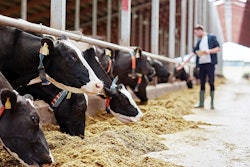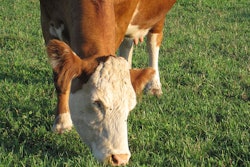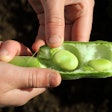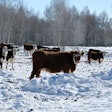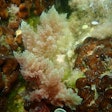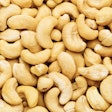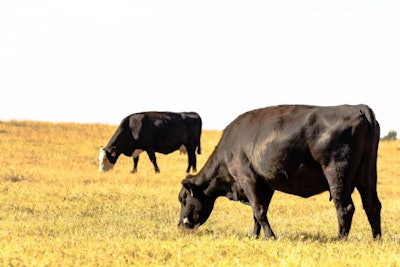
Hurricane Harvey, which decimated parts of South Central Texas and the upper Gulf Coast, caused more than $200 million in crop and livestock losses, according to Texas A&M AgriLife Extension Service economists.
“The effects of Hurricane Harvey will linger for quite some time with our Texas farmers and ranchers,” said Dr. Doug Steele, agency director in College Station. “Many South Texas or coastal area cotton farmers were on the verge of harvesting one of the best crops ever in Texas, while some ranchers were unable to save some cattle from insurmountable flood waters.
“However, the livestock losses could have been far worse had it not been for the many cooperating associations that joined forces with AgriLife Extension to establish animal supply points in the impacted areas, providing livestock with fresh hay and feed donated from across Texas and from generous individuals in neighboring states.”
Hay and feed donations were valued at more than $1.3 million, according to AgriLife Extension economists.
Hurricane losses by agricultural commodity include:
- Livestock: $93 million
- Cotton: $100 million
- Rice and soybeans: $8 million
Livestock losses include not only cattle and calves that died during the hurricane but also industry infrastructure, said Dr. David Anderson, AgriLife Extension livestock economist in College Station. Beyond animals lost directly due to the storm, extensive supplies of hay for winter feeding were destroyed.
“What you must take into consideration is the replacement costs of hay that was destroyed from the high flood waters,” Anderson said. “We are right on the verge of entering winter feeding season and ranchers will have to find replacement hay that averages $63 per round bale. A rancher may typically feed two or more round bales per cow during winter, so even if there isn’t hay available they will still have to purchase some type of supplemental feed. All of this comes with a hefty price.”
Crop losses
Rice and soybean crop losses accounted for approximately $8 million in losses. In its October crop production estimates, the U.S. Department of Agriculture lowered Texas rice production 614,000 hundredweight compared to pre-storm estimates. The value of that production at current market prices is about $7.5 million, said Dr. Mark Welch, AgriLife Extension grains marketing economist in College Station.
The USDA-Farm Service Agency reports 1,729 acres of soybeans have been reported as failed along the Coastal Bend. While specific production numbers are not yet available for counties along the coast, using a statewide average of 37 bushels per acre puts the value of lost soybean acres at just over $500,000, Welch said.
He said most of the corn and sorghum crops along the coast were harvested before the storm. Average corn yields of 124 bushels per acre and sorghum yields of 103 bushels per acre or 5,768 pounds are being reported for District 9, the Upper Coast, both all-time record highs, he said.
Aquaculture industry losses
Dr. Andrew Ropicki, AgriLife Extension economist at Corpus Christi, said multiple industries tied to both commercial and recreational fisheries suffered losses.
“Commercial fisheries including bay and bait shrimp, crabbing and the Texas gulf shrimp fishery suffered losses associated with damaged vessels, gear and industry infrastructure, as well as lost fishing days due to recovery efforts.”
Ropicki said losses to the commercial oyster industry are expected to be severe due to decreased production caused by excessive freshwater in the bays.


